How to Start ?
Watch the video on the right to see how to get started with WebSpaceKit.
A 500 Internal Server Error in WordPress while managing a WordPress site can be frustrating and perplexing. Your website’s search engine rankings, user experience (UX), and popularity might all take a hit if visitors are unable to access it. Users can get rid of this issue when they use the best and fastest hosting provider. In this article, we will provide simple and direct suggestions for fixing the issue.
The HTTP status code 500 Internal Server Error in WordPress denotes a server-side error. This error code indicates that the server could not complete the requested action due to a sudden issue. Incorrect file permissions, a PHP memory limit, a corrupted .htaccess file, or a plugin incompatibility are all possible causes of this issue.
The 500 Internal Server Error is a standard WordPress error, and users should know how to fix it. In the event of a website outage or other technical difficulties, it might have a negative impact on your brand, customer satisfaction, and SEO. Customers will go elsewhere, and search engines will give precedence to user-friendly sites.
In this post, we’ll discuss the following solutions to the 500 Internal Server Error in WordPress:
The points outlined here will help you resolve the 500 Internal Server Error in WordPress and keep your site live, maintaining your audience’s positive experience. Let’s go through each of these measures in depth now.
Plugin or theme incompatibilities, .htaccess file corruption, PHP memory limit reached, affected WordPress core files, and server problems are all potential causes of a 500 Internal Server Error in WordPress.
One or more of your add-ons or themes might be corrupted. A plugin’s incompatibility with the most recent version of WordPress or other plugins may become apparent during the installation or upgrade process. Locating the problematic add-on, theme, or plugin is essential for fixing the issue.
A 500 Internal Server Error in WordPress may also be brought on by a corrupted .htaccess file. This file determines how the server responds to requests and where the requests should go. This might be due to a syntax problem or incomplete code in the file. A new .htaccess file may be generated to fix the problem.
Another usual reason for the problem is that PHP’s memory limit has been hit. This happens when there is a memory overflow caused by the PHP programs executing on the server. To fix this, edit the wp-config.php file and increase the PHP memory limit.
The WordPress core files being corrupted is another common cause of the 500 Internal Server Error. This may occur if the files get corrupted when updating or from malicious software. The problem may be fixed by reinstalling the WordPress core files.
Errors can also be caused by server-related issues like congestion, downtime, or improper configuration. Communicating with the hosting provider to handle server-related problems is essential if the error continues after other potential causes have been eliminated.
Determining what caused the error and fixing it, you can get your WordPress site back up and running smoothly.
The following is a list of methods that may be used to assist in fixing 500 internal server error in WordPress:
The 500 Internal Server Error in WordPress is often brought on by plugins and themes that are not compatible with each other. Follow these methods to disable them on your system:
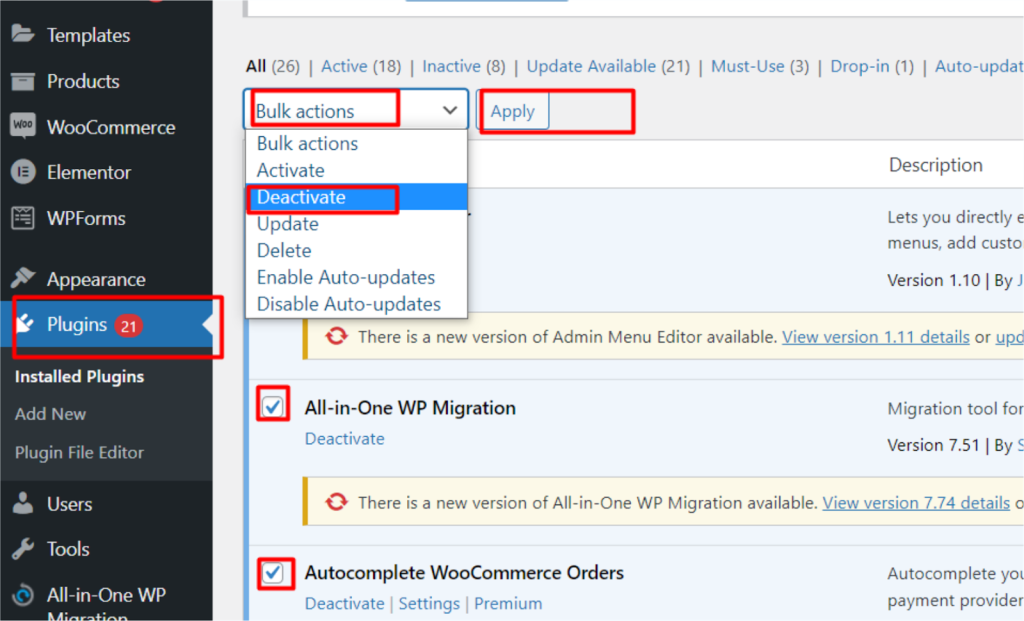
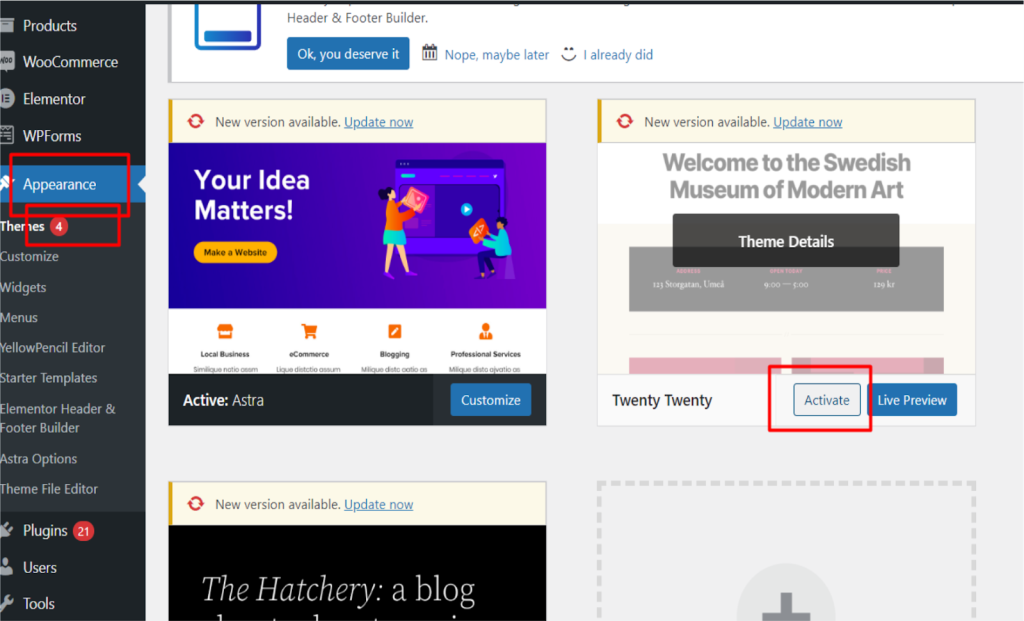
Another common reason for the 500 Internal Server Error is a corrupted .htaccess file. Here’s what you need to do to create a new .htaccess file:
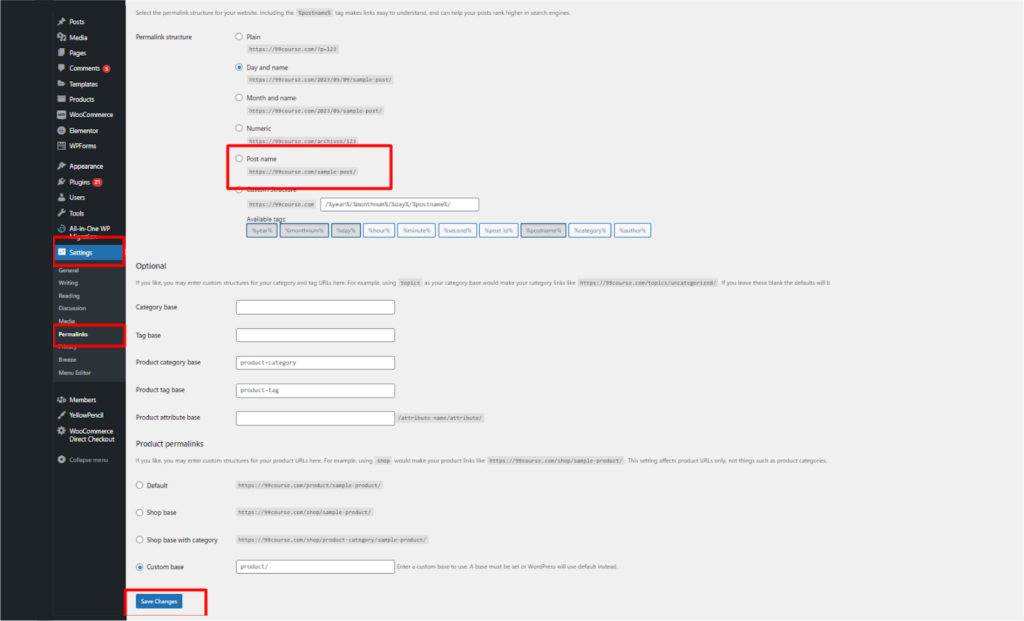
Make sure WordPress can either create or write to the .htaccess file if the problem persists after you’ve resolved it. Incorrect directory and file permissions might prevent the .htaccess file from being updated.
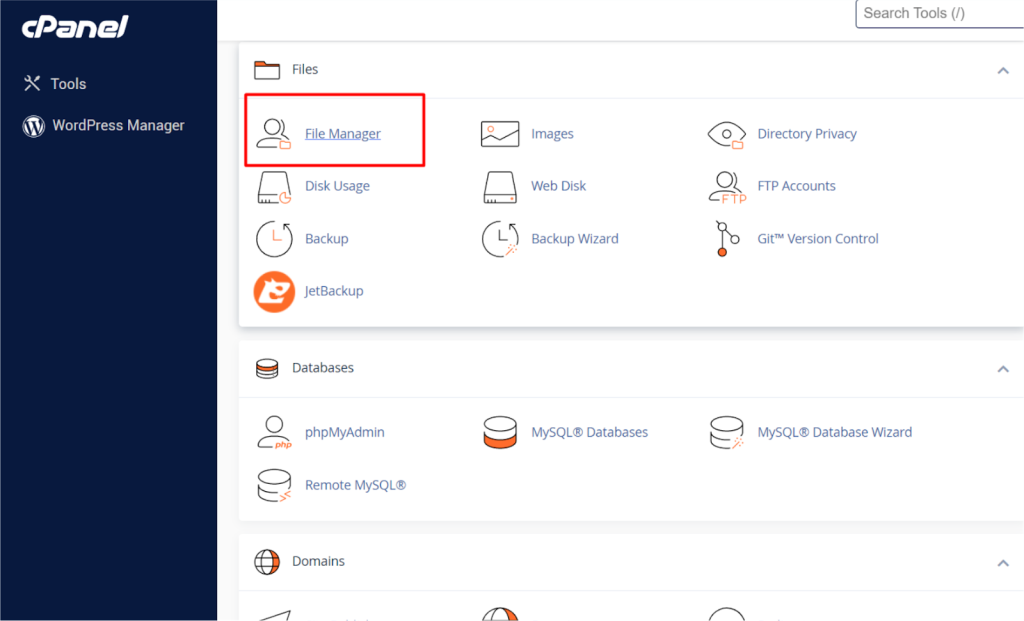
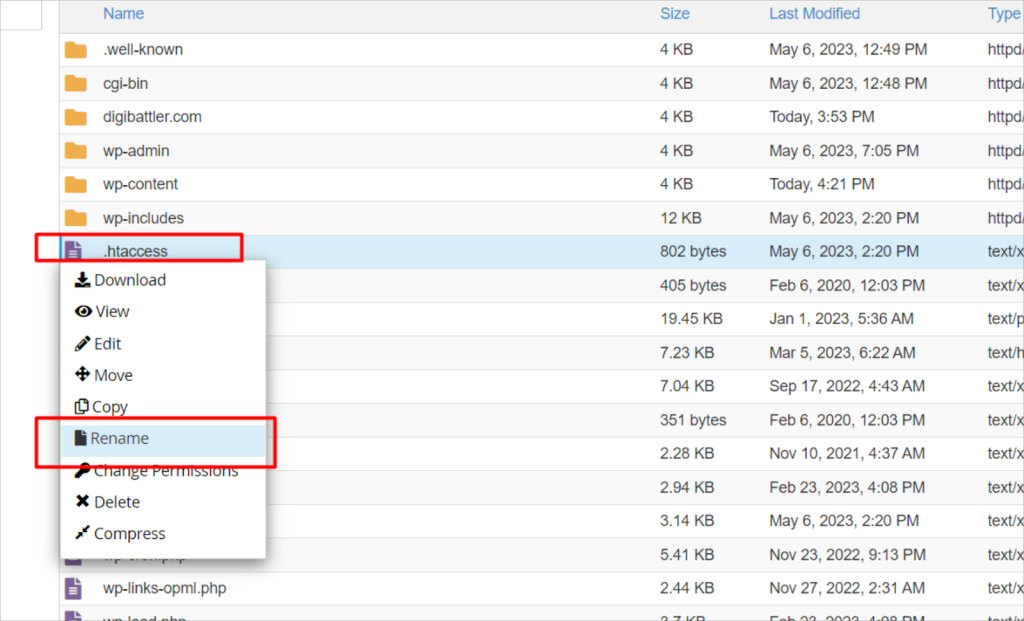
The internal server issue should now be resolved so that you may check your website. You could be proud of yourself for fixing the Internal Server Error if this were the case.
If those solutions don’t work, PHP has reached its memory limit. The maximum memory that may be allocated to a single PHP script is limited by the PHP memory limit. A 500 Internal Server Error in WordPress may be generated if a script attempts to consume more memory than is available.
The wp-config.php file can be found in the root directory of your WordPress installation, and it is there that you may modify the PHP memory limit.
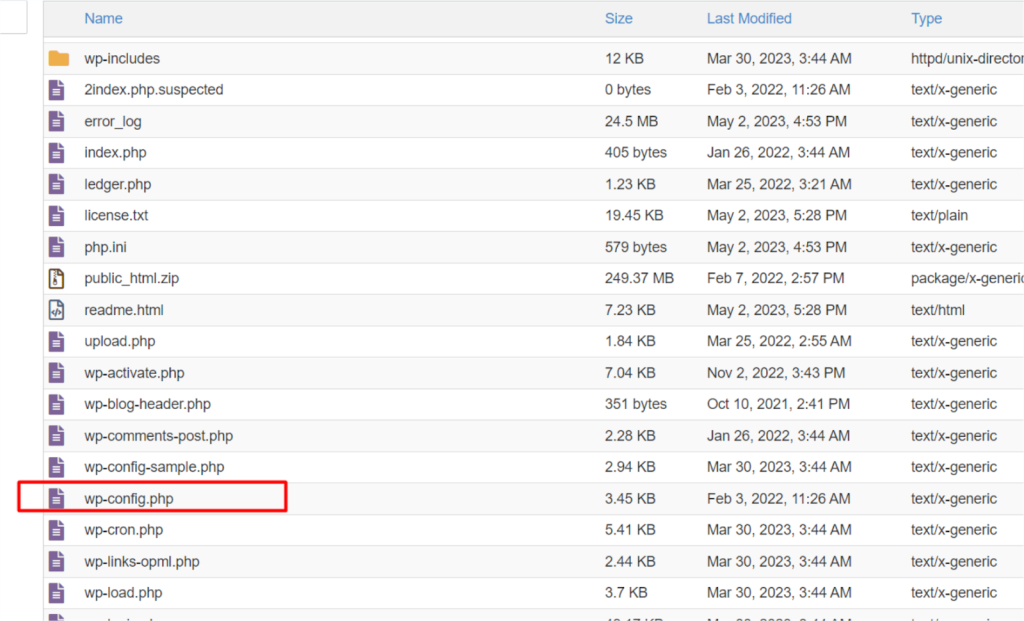
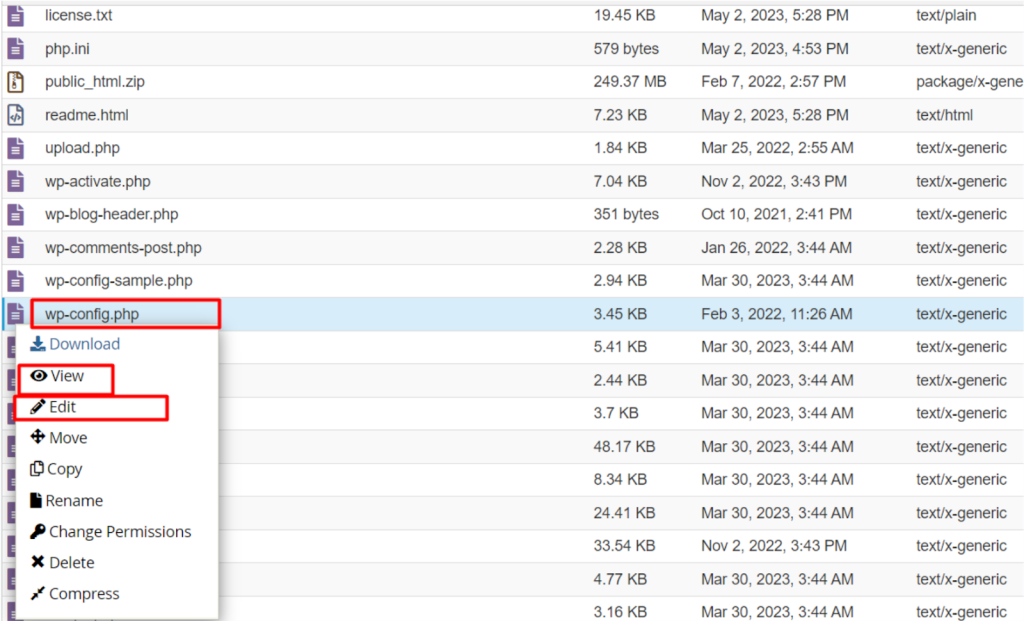
Now, verify that the 500 internal server issue no longer appears after raising the PHP memory limit.
Corrupted core files in WordPress might be the source of the 500 internal server issue if none of the aforementioned solutions work. This may occur when an update fails or when malware is present.
Here’s what you need to do to reinstall WordPress’s core files:
You should verify that the 500 internal server error has been fixed after reinstalling the WordPress core files.
If none of them work, there may be a server-side problem causing the 500 internal server error in WordPress. For help with this matter, you should contact your hosting company.
Make sure you provide the following details when contacting your hosting provider:
Get in touch with your hosting provider for assistance in troubleshooting and repair.
The 500 Internal Server Error may be easily avoided by using the following guidelines:
The 500 internal server issue in WordPress may be avoided by following these guidelines. Updating, backing up, and monitoring your site regularly can keep it functioning well and reduce the likelihood of any downtime. One of the most important things you can do to prevent 500 internal server errors from occurring is to choose a reputable hosting provider.
| Explore More Articles: How to Migrate WordPress Site to New Host? How to Make a WordPress Website in 9 Steps How to Choose the Best WordPress Hosting Web Hosting Vs WordPress Hosting |
In conclusion, WordPress site owners may feel frustrated and frightened when they get the 500 internal server error. Regardless of the source of the problem, such as a conflicting plugin or theme, a corrupted .htaccess file, an exhausted PHP memory limit, corrupted WordPress core files, or server-related issues, you may find its cause and fix it by the procedures described in this article.
A 500 internal server error in WordPress can negatively affect user experience and may even hurt your website’s search engine rankings if you don’t fix it soon. Please contact your hosting provider if you receive a 500 internal server problem in WordPress and are unable to fix the issue on your own.
To learn more about WordPress, stay tuned with Website Learners!
Incorrect file permissions, corrupted plugins or themes, a corrupted .htaccess file, PHP memory limits, and poor server configurations are some potential causes of the 500 Internal Server Error in WordPress.
Deactivating plugins, resetting your .htaccess file, raising your PHP memory limit, and examining your server logs are all things you may attempt to repair the 500 Internal Server Error in WordPress.
The wp-config.php file can be found in the root directory of your WordPress installation, and it is there that you may add a line of code to boost your PHP memory limit.
A WordPress 500 Internal Server Error might be caused by a faulty theme. You may try disabling your theme or switching to WordPress’s default theme to see if that helps.
If the preceding solutions do not resolve the 500 Internal Server Error in WordPress, contact your hosting provider for help or speak with a professional WordPress developer.
Watch the video on the right to see how to get started with WebSpaceKit.